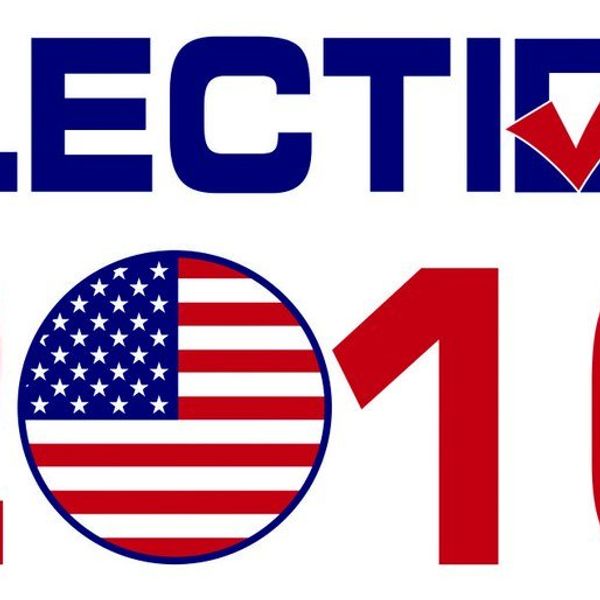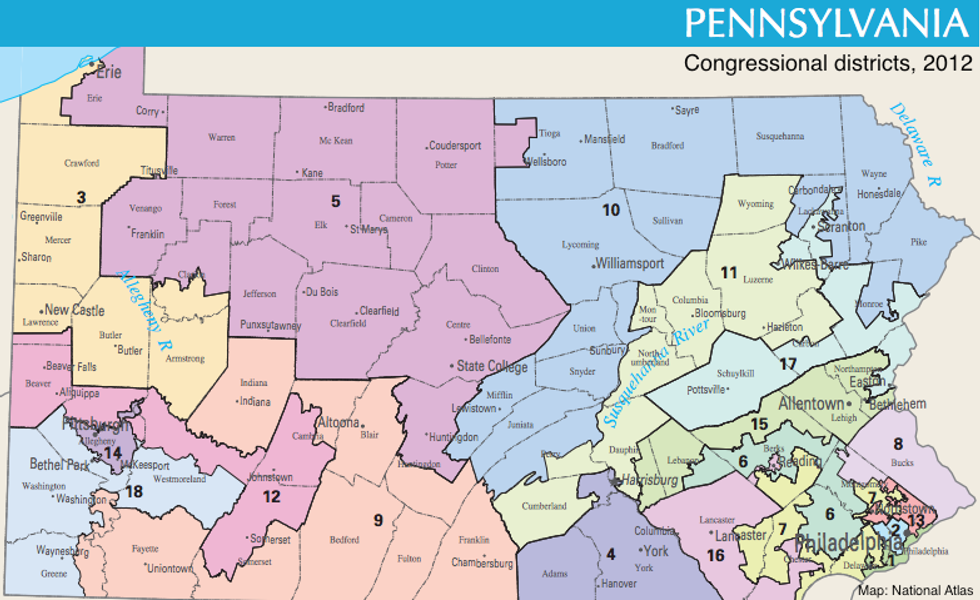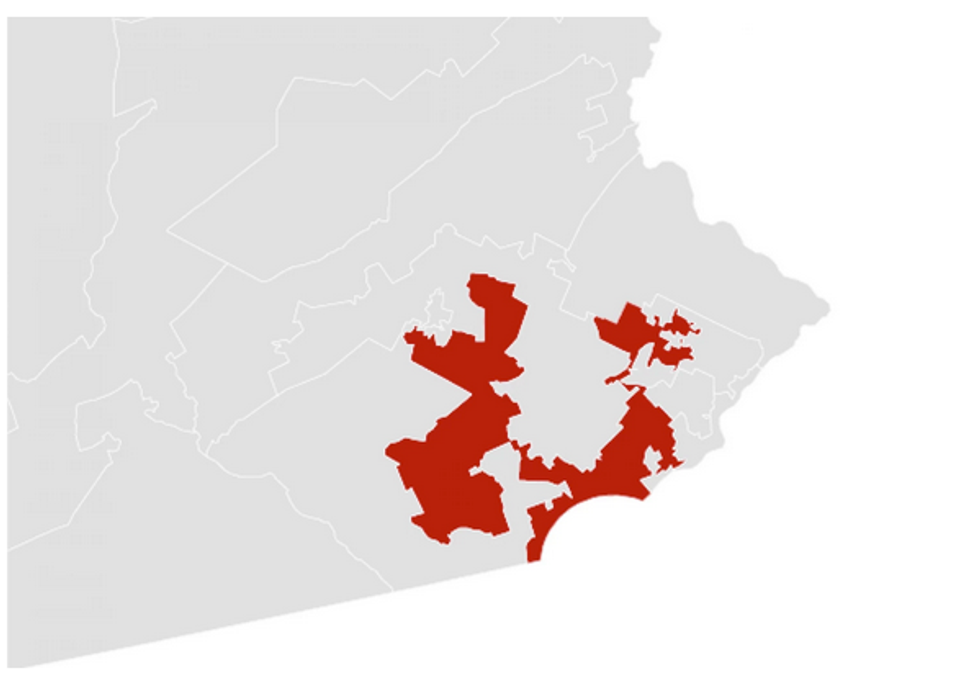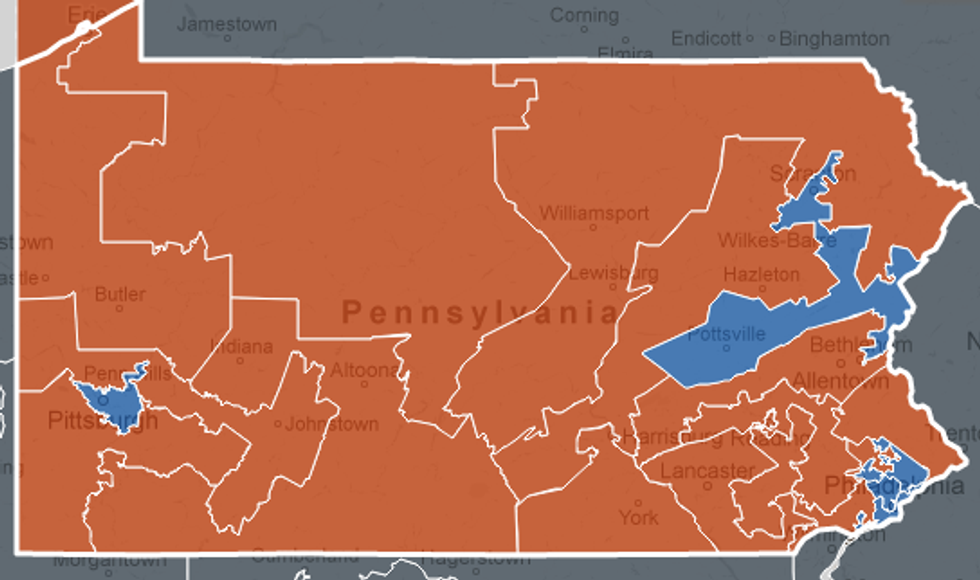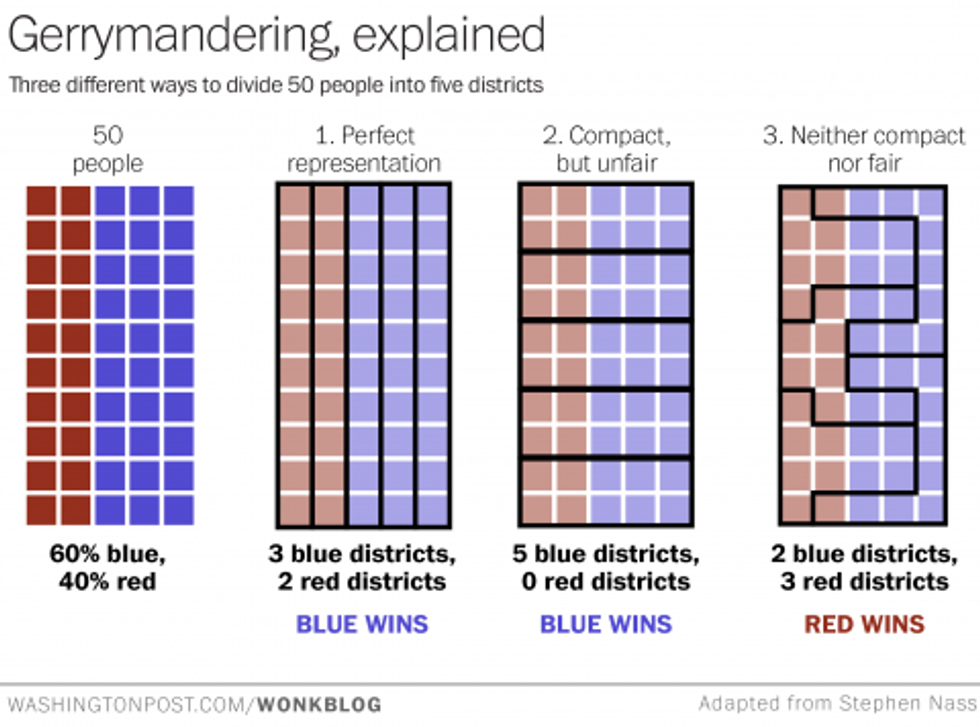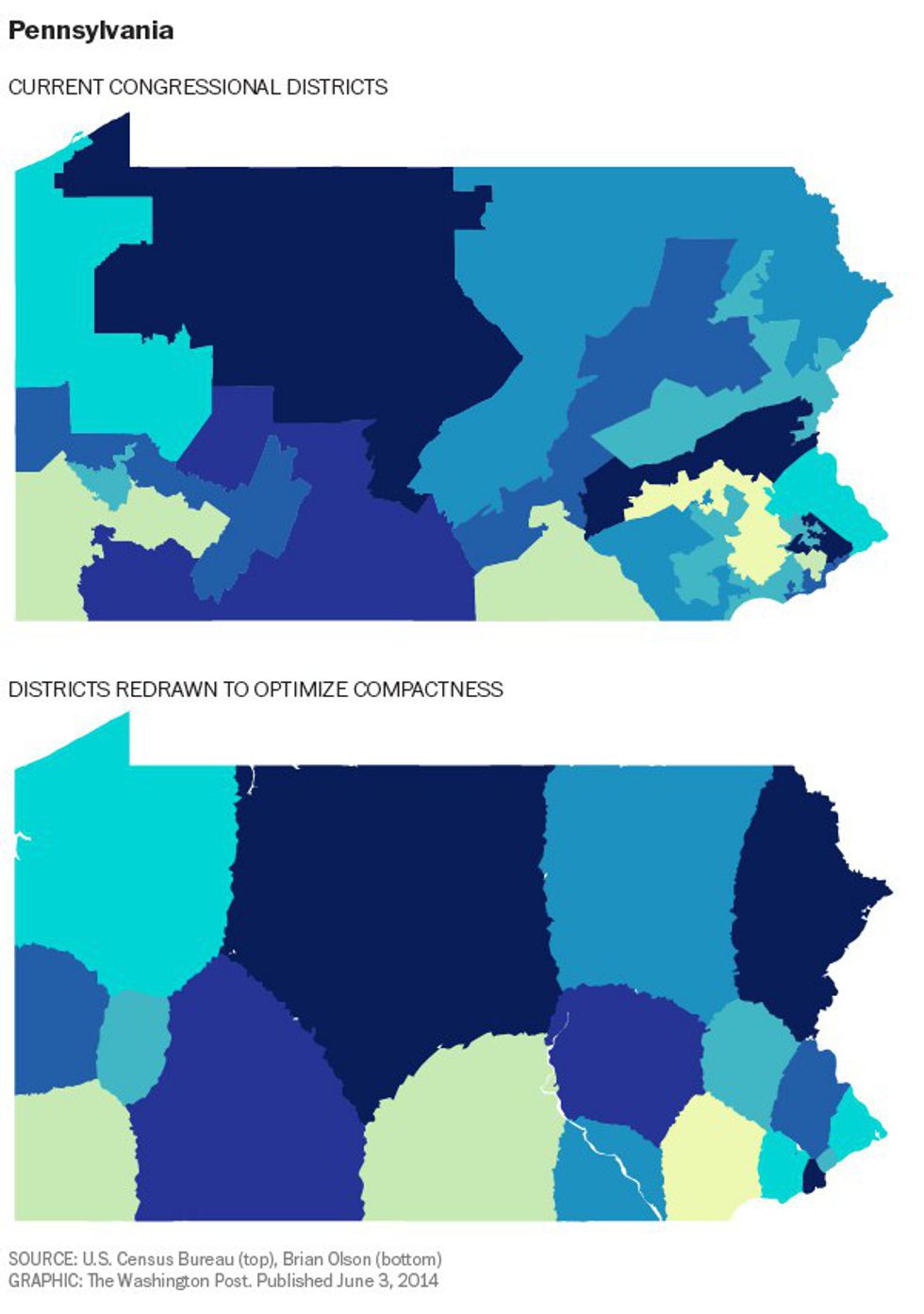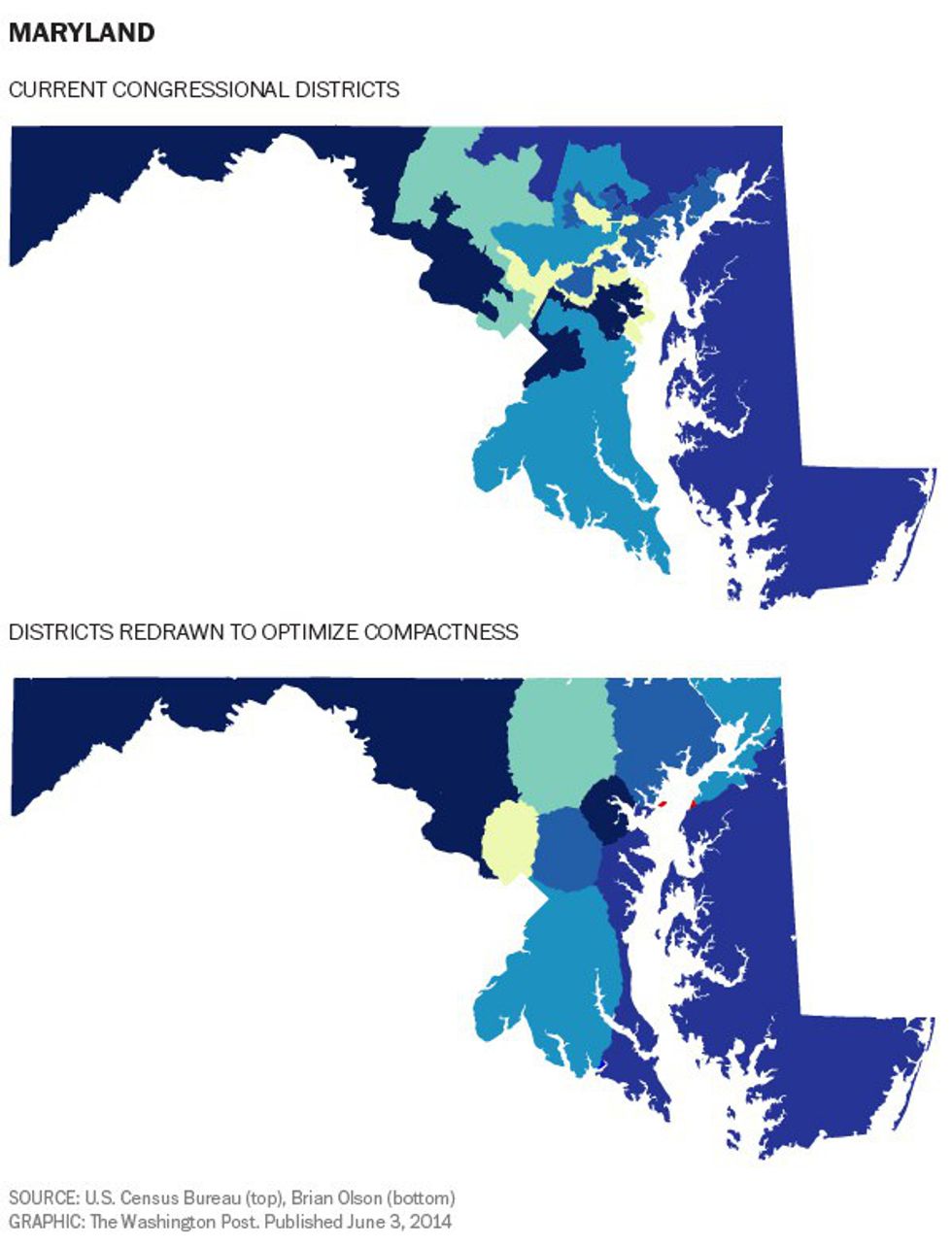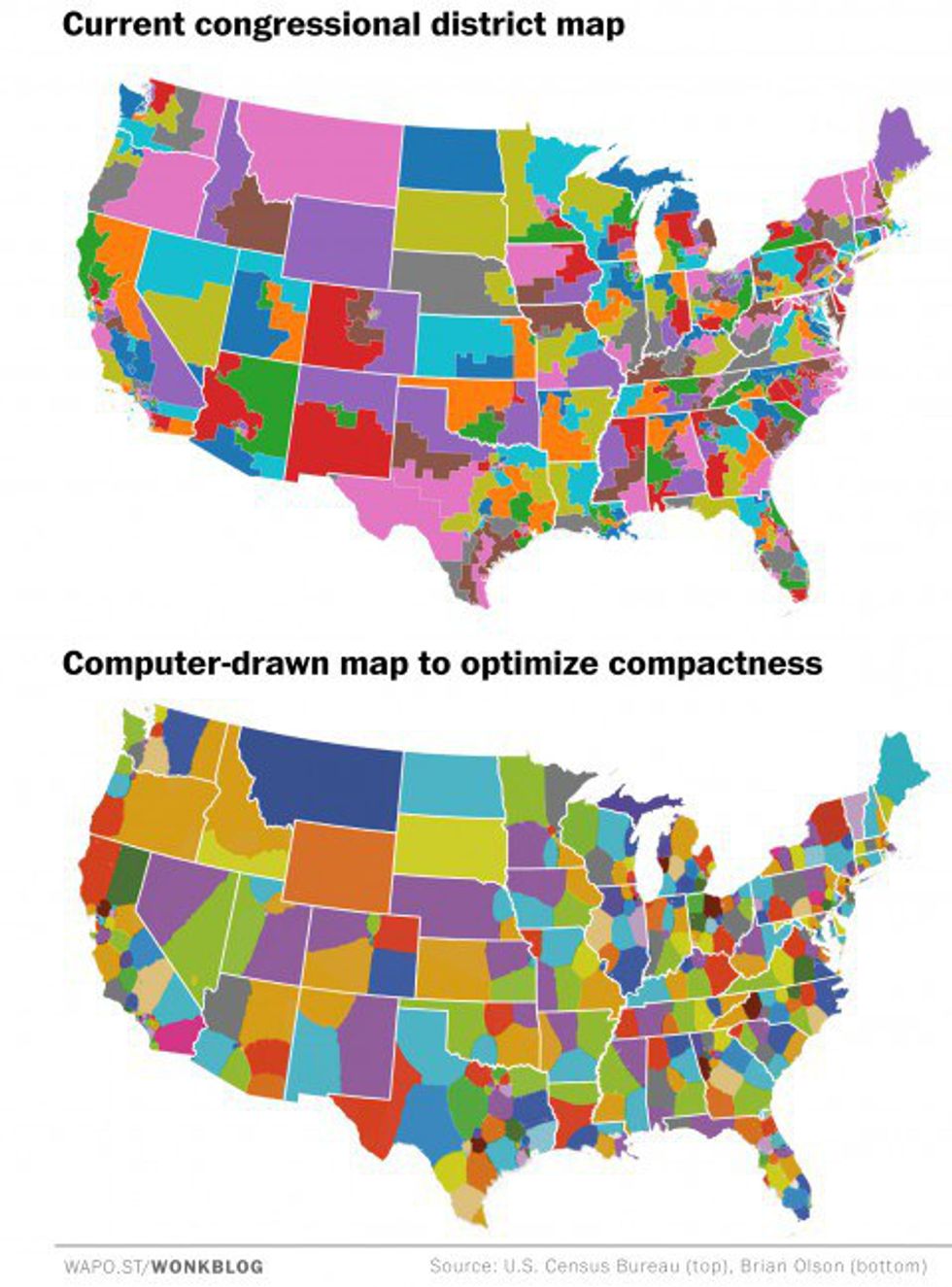In an interview with Politico this week, Eric Holder, former Attorney General to President Obama, announced that Obama will be a visible part of the fight to end gerrymandering with the National Democratic Redistricting Committee (NDRC). The NDRC is currently the main force in the efforts against gerrymandering in the hopes that this will tackle the discrepancies between popular vote and actual outcome.
In his State of the Union address back in 2016, President Obama discussed the need to take steps toward “[changing] the system to reflect our better selves…for a better politics,” and the number one thing on that list of steps was to end the practice of partisan gerrymandering.
What then, is gerrymandering? And why is former President Obama choosing this as his first political move post-presidency?
Gerrymandering is the intentional drawing of district map lines to garner a specific outcome, generally benefitting a specific party. The overall goal is to draw these district lines in such a way that there will be many districts comprised of certain types of voters over fewer districts of the other type of voters, in an effort to elect specific types of candidates.
As stated in his 2016 State of the Union, Obama explains how this practice allows “politicians to pick their voters, and not the other way around.” Demonstrated by Pennsylvania’s congressional district map above, these districts are intentionally not clean-cut or even – jagged lines, oddly cropped shapes, sharp turns, and uneven figures dominate the map. Look a bit closer.
This is not an accident. In 2010, Pennsylvania Republicans redrew these district lines with an underlying plan which came into fruition in the 2012 elections.
Looking at this map, one would infer that there are more Republican voters in the state; however, this is not the case in reality. In the 2012 state elections, House Republicans actually only won 49% of the popular vote, but took 72% of House seats. Later, in 2014, this partisan breakdown of seats remained the same, continually silencing Democrat voters in the state. Of the 18 congressional districts (a number based on population size), Democrats only won five districts while Republicans took the other 13.
To put it more simply, this image from The Washington Post shows the three ways lines could be drawn.
So how do we combat this? How do we ensure that voters’ votes are consistent with outcome?
Creating districts based on Census data with an impartial and automatic algorithm is the way to create compact districts with equal populations is the simplest way to ensure that there are no partisan power plays and gerrymandering at work – thus ensuring that popular vote actually takes precedence over politicians’ agendas.
In keeping with the example of Pennsylvania, this is what the state would look like with redistricting for compactness based on population size.
Perhaps an even bigger difference can be seen in Maryland, which is currently the least-compact state.
This is what the country as a whole would look like with these redistricted lines for compactness rather than partisanship. To see what your state would look like based on this algorithm, click here.
This practice, however, is something which politicians are often skeptical of – district lines are often drawn to represent communities of interest. While this stipulation of “communities of interest” would be meant to protect minority voters, this is not how it works in actuality. Literally anything could be deemed a community of interest, as this term is really just a politically-charged buzzword.
The idea is to protect and promote different types of voters based on demography, culture, class, etc., but this actually diminishes minority voters elsewhere. It’s no secret that all white voters do not live in the same area, just as all Black, Hispanic, Latinos, Asian, and Arab people do not each live in their own areas either. The Voting Rights Act mandates that race be taken into account when drawing district lines in an effort to ensure that minorities are represented in Congress and the House.
Great idea on the surface, right? However, by packing all minorities into their own strangely-drawn districts actually diminishes the voting power of minority voices in majority-drawn districts. This was proven in the way Florida’s district lines were drawn, in which the 5th District was a majority-minority district, where Black voters were grouped into one district. However, this greatly diminished the Black voter voice in districts elsewhere, and Florida Republicans intentionally kept the district lines this way when they redrew lines in later years to ensure that this voice had less voter power.
In addition to this, communities of interest can be defined however the people creating them want to define them, thus creating an entire mess of other issues of whose voices get to be deemed most important – rich Republicans could be deemed an interest group whether or not they make up the majority just as poor Democrats could. Communities of interest can be created to justify keeping gerrymandered districts the way they are, and this is where it becomes problematic.
Communities of interest are great in an ideal world, but in practice have been proven to be ineffective and only plays into the gerrymandering we see today.
The gerrymandering which has overtaken our political atmosphere has lead to the many issues we see today.
This gerrymandering has allowed us to live in a democratic system where the popular vote does not determine a presidential election, where the elected representatives do not represent their true community, where voter power becomes just a phrase and not a reality.
As said by Holder, “this is really a battle for our democracy. The notion that people are denied their ability to cast a meaningful vote…is inconsistent with who we say we are, inconsistent with what we say our democracy is about.”
The way forward in politics is to find a way to better represent the true people of the United States in Washington DC and in every state, and this begins with the way district lines are drawn. Gerrymandering has allowed us to live in a country where the politicians choose their voters – and isn’t this supposed to be the other way around?

